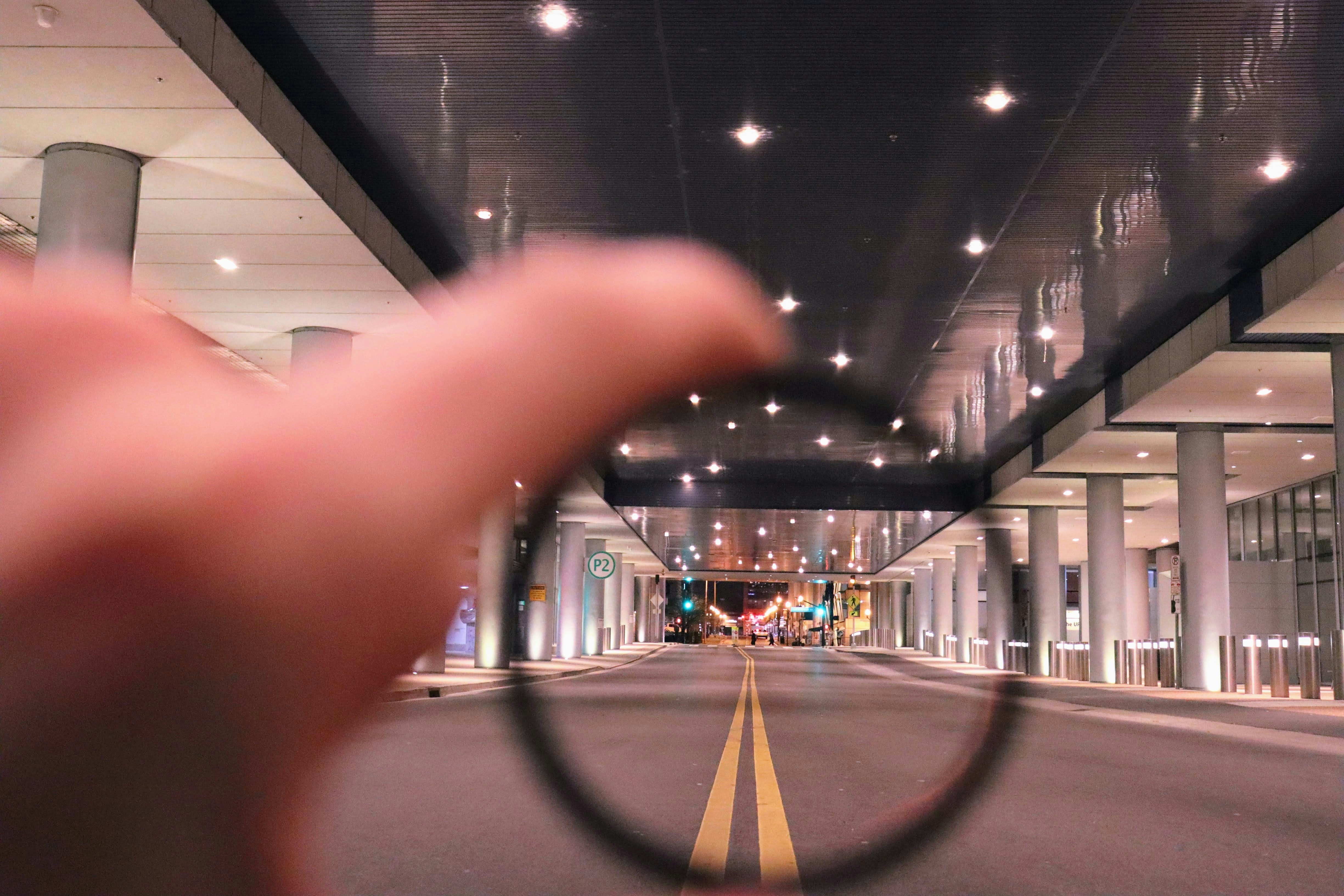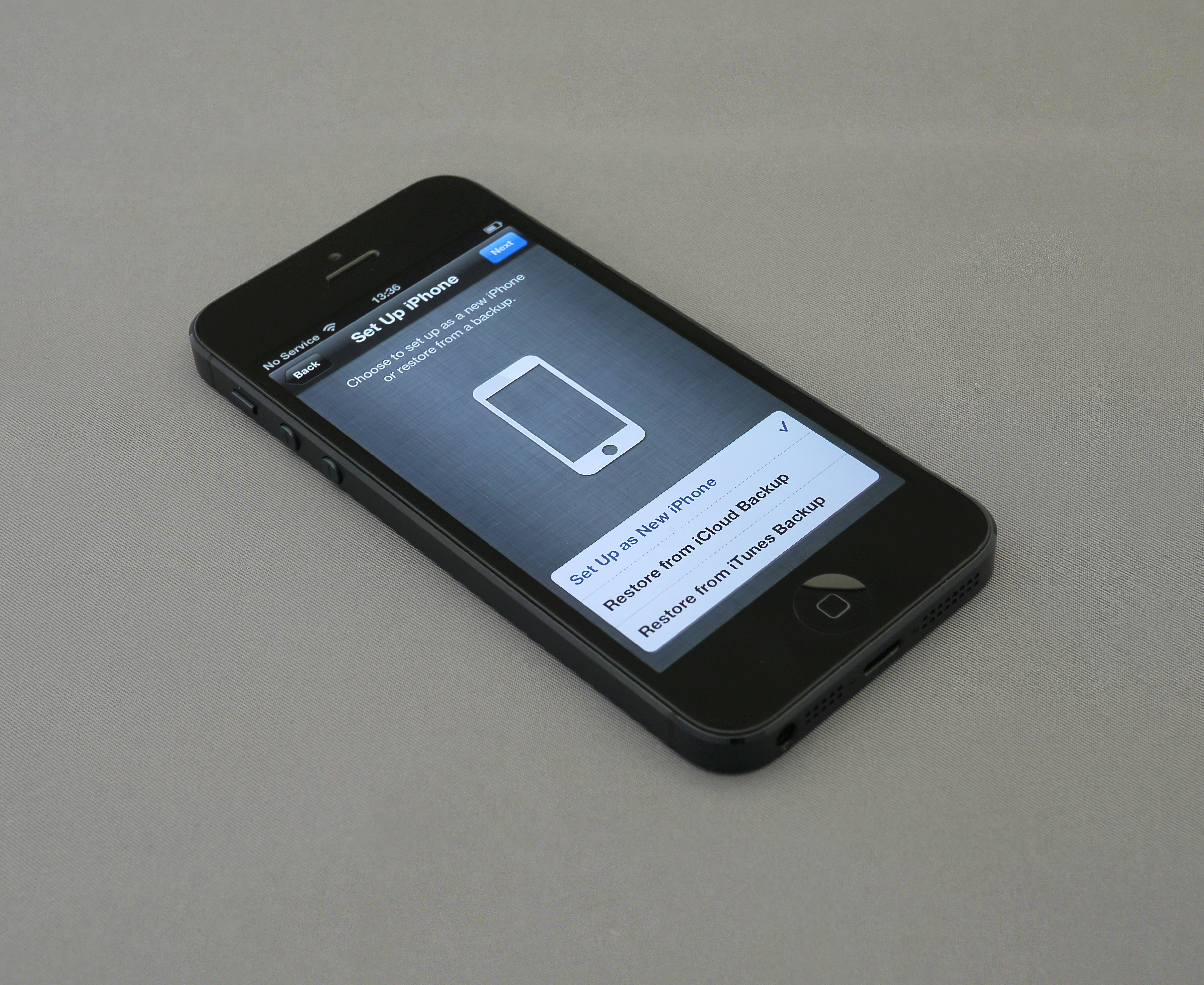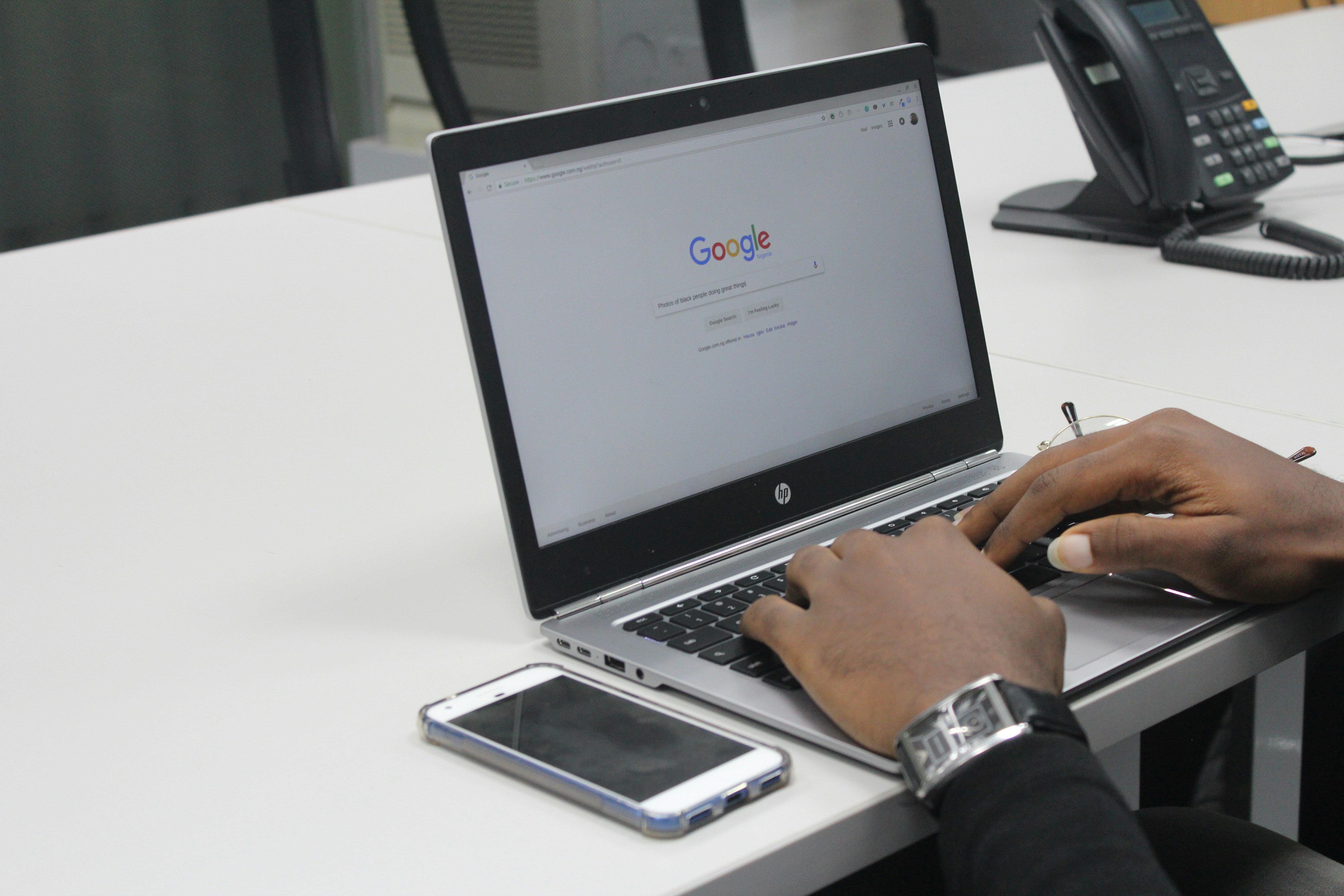Augmented Reality's Role in Local SEO: Transforming Digital Discovery
Augmented Reality (AR) is not just a futuristic gimmick anymore; it’s a powerful tool revolutionizing the digital landscape, especially when it comes to local SEO. As businesses transition into increasingly digital realms, harnessing the right technologies can make the difference between being seen and being obsolete. Imagine walking into a local store and being greeted by a holographic guide, or searching for a nearby restaurant only to visualize its menu through your smartphone’s camera. This exciting intersection of AR and local SEO is changing how customers discover and interact with businesses in their vicinity. Let’s navigate these groundbreaking changes together.
Understanding Augmented Reality (AR)
At its core, augmented reality enhances our perception of the real world by overlaying digital information, such as images, text, and 3D models onto our physical environment. This interactive technology is becoming more prevalent across various sectors—not limited to gaming or entertainment but expanding into marketing, education, and local business engagement. According to Statista, the AR market is projected to reach $198 billion by 2025, demonstrating how vital it will be for businesses to integrate AR into their marketing strategies.
Local SEO focuses on optimizing a business's online presence to attract more customers from relevant local searches. As customer habits evolve, especially post-pandemic, integrating AR into local SEO strategies offers businesses a fresh and innovative way to connect with their audiences. By leveraging AR, businesses can optimize for local search queries and make their services more engaging and user-friendly.
How AR is Influencing Local SEO Strategies
1. Enhanced User Experience and Engagement
User experience (UX) is a crucial factor in SEO rankings. Engaging, interactive experiences not only capture user attention but also foster longer site visits. By implementing AR, businesses enable customers to interact with their products in real time, leading to a more immersive browsing experience. When customers use AR to visualize how a product looks in their space, they’re more likely to complete a purchase, reducing bounce rates and enhancing Google’s assessment of user engagement.
2. AR-Driven Local Listings
Local listings are fundamental to local SEO. With AR capabilities, businesses can enhance their Google My Business (GMB) listings, showcasing products and unique experiences. For instance, imagine a clothing store using AR to display special discounts or seasonal items by simply pointing a smartphone at the storefront. This not only attracts foot traffic to the store but also prepares potential customers for what they’ll find inside. This immersive preview can increase conversion rates significantly.
3. Increased Shareability and Viral Potential
AR experiences are inherently shareable. When users encounter an engaging AR experience, they’re more likely to share it on social media, creating organic backlinks and improving SEO. For example, a restaurant introducing an AR menu can encourage customers to share their experience on platforms like Instagram or TikTok. This level of engagement not only enhances brand visibility but also garners valuable customer insights, as users leave feedback and reviews, further boosting local SEO efforts.
Tapping into Local Search Patterns with AR
1. Mobile Optimization
With the rise of mobile search, optimizing for local SEO through AR offers businesses a competitive advantage. As many users search for nearby services via their smartphones, AR can make this process seamless. Businesses need to invest in mobile-friendly websites and applications that integrate AR features. Google’s algorithms prioritize mobile-optimized sites, so being proactive in this area ensures that businesses rank higher in search results.
2. Hyperlocal Targeting
Hyperlocal targeting refers to tailoring content for customers in very specific geographic areas. AR can enhance this by providing localized offers and experiences based on users’ locations. For instance, a coffee shop could offer a loyalty program that activates an AR prompt as customers walk by, urging them to visit for a special discount. Hyperlocal AR campaigns can lead to increased foot traffic and sales, as they are precisely tailored to consumer behaviors.
Strategies for Implementing AR in Your Local SEO
1. Create Interactive 3D Models
3D models can bring products to life in a way that photos alone cannot. Businesses can create AR experiences that allow customers to visualize products—like viewing furniture in their living room using their mobile devices. This tech enables consumers to make informed decisions, resulting in increased conversion rates.
2. Utilize AR in Google My Business
Take advantage of the features available in GMB. By adding AR content—such as images from AR experiences or interactive videos—businesses can make their listings stand out. Regularly updating these listings with engaging materials can improve ranking and encourage user interaction.
For an in-depth discussion on optimizing your digital marketing for new technologies, check out our article on optimizing digital marketing for the Metaverse.
3. Integrate User-Generated AR Content
Encourage customers to create their AR experiences with your products and share them on social media. This type of user-generated content can significantly boost brand awareness and improve your local search ranking. Offer incentives for social sharing, further stimulating engagement.
The Future of Local SEO with AR
As we look ahead, the integration of AR in local SEO is poised to grow exponentially. The need for personalized customer experiences will only compound with advancements in technology. Brands will need to stay ahead of these trends to maintain relevancy in the digital marketplace.
1. Data-Driven Insights
AR technologies provide invaluable data about consumer behavior, preferences, and engagement levels. By examining AR user interaction data, businesses can refine their local SEO strategies, adapt their offerings, and personalize marketing campaigns to resonate more deeply with audiences.
2. Closing the Offline-Online Gap
AR effectively bridges the gap between offline and online shopping experiences. As customers increasingly desire to engage with products before making a purchase, AR facilitates this decision-making process by providing rich visual context and interactive features, leading to more informed consumers.
Practical Tips for Local Businesses
-
Invest in AR Technology: Start by investing in AR tools or platforms that can help create engaging experiences without breaking the bank.
-
Optimize Your Website: Ensure your site is mobile-friendly with a seamless experience for users utilizing AR features.
-
Stay Updated: Regularly review and update your local SEO strategies to reflect AR utilization, staying attuned to emerging trends like voice search and conversational queries, which are pivotal for local engagements.
-
Analyze and Adapt: Use analytics tools to track the performance of AR integrations in your SEO strategy, making adjustments based on user interactions and engagement levels.
-
Collaborate with Tech Partners: Consider reaching out to AR agencies or tech partners to develop unique experiences tailored to your audience, ensuring your offerings remain competitive.
Final Thoughts: Embrace the Augmented Future of Local SEO
As AR technology continues to evolve, businesses that embrace and implement it into their local SEO strategies will undoubtedly thrive in tomorrow's marketing landscape. By enhancing user engagement, optimizing for local search, and creating interactive experiences, companies can captivate consumers, drive foot traffic, and elevate their brand positioning.
For businesses, the overarching goal is to make the shopping experience easier, more enjoyable, and tailored to the individual. To dive deeper into how emotional analytics can boost SEO practices, check out our piece on leveraging emotional analytics for SEO success. Together, you and your audience can uncover new dimensions of digital discovery through augmented reality. Welcome to the future of local SEO!


















